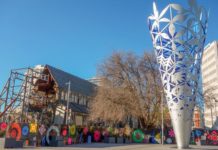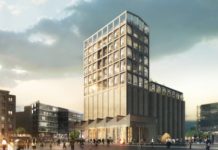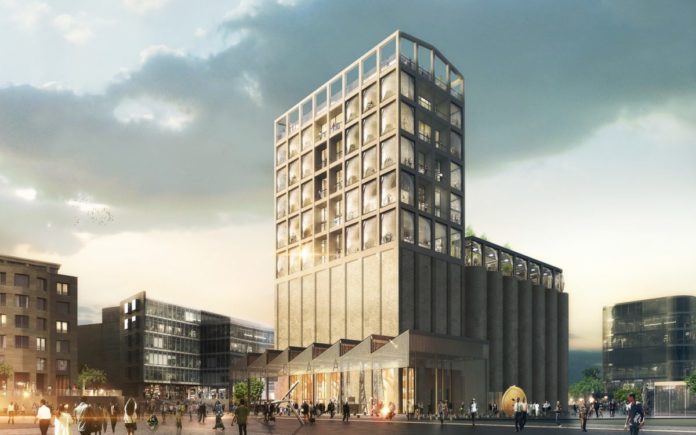African art is claiming its place in the world and consolidating itself in Cape Town, capital of creative expression.
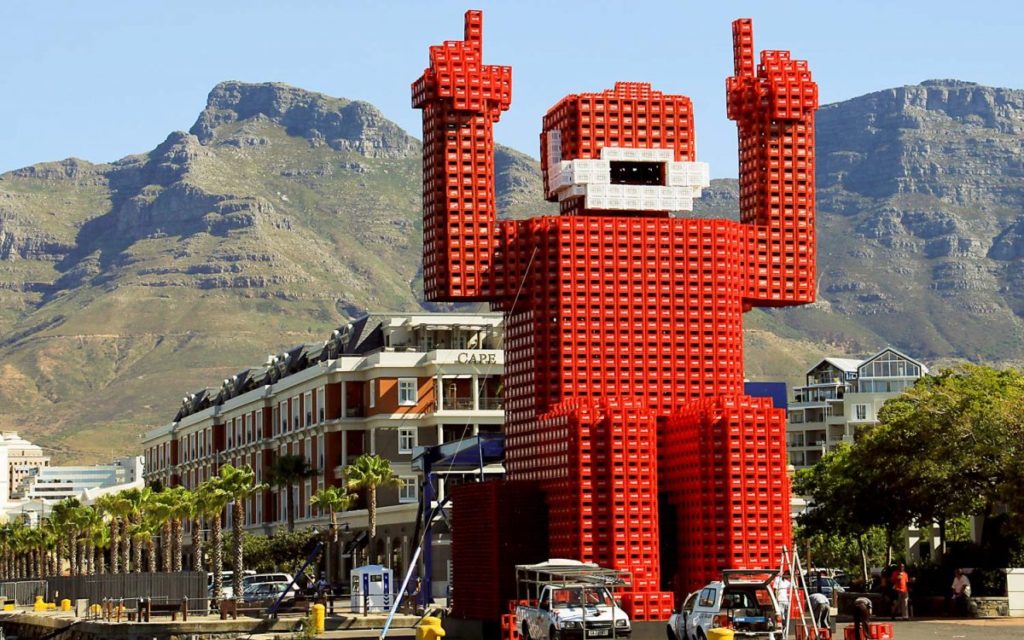
Foto: Bratovanov / Shutterstock.com
Heatherwick decided to conserve the 42 concrete tubes, measuring 33m high and 5.5m in diameter, from the original building, and make them part of the new project. He has put lifts and spiral staircases inside them and crowned them with a glass roof, which will flood the vestibule with light. A city inundated with art
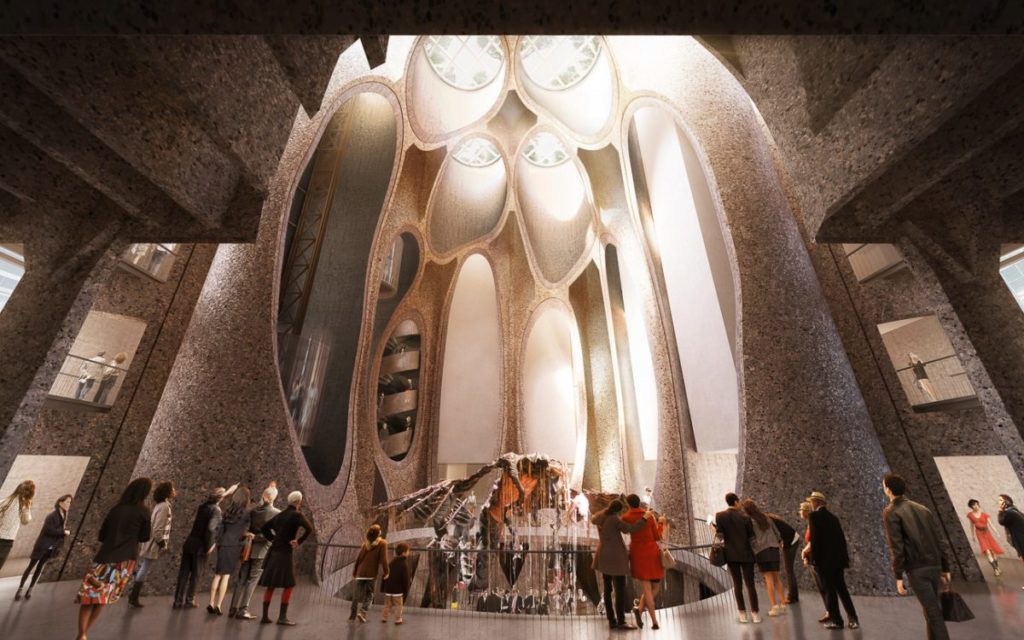
Political and social events, like the end of the apartheid and the democratisation of countries like Zambia and Namibia, illustrate the slow revolution Africa has been undergoing in recent decades. Art has never distanced itself from history and that continues to be true here. Africa is much more than masks and colourful jewels. It has a lot to say to the art world, and experts know this.
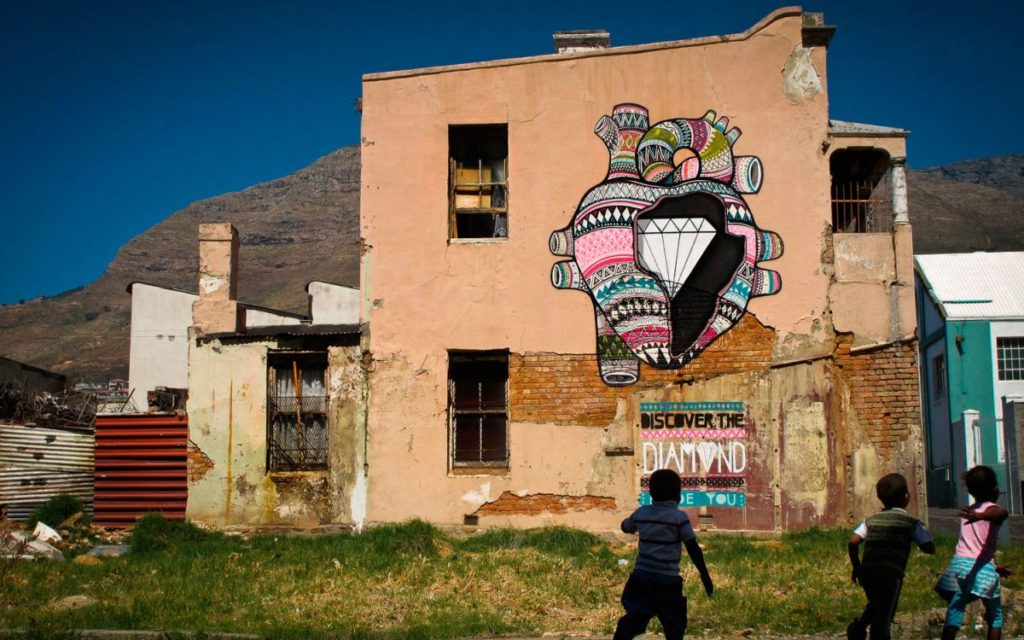
Foto: BoaMistura, Cape Town 2011




